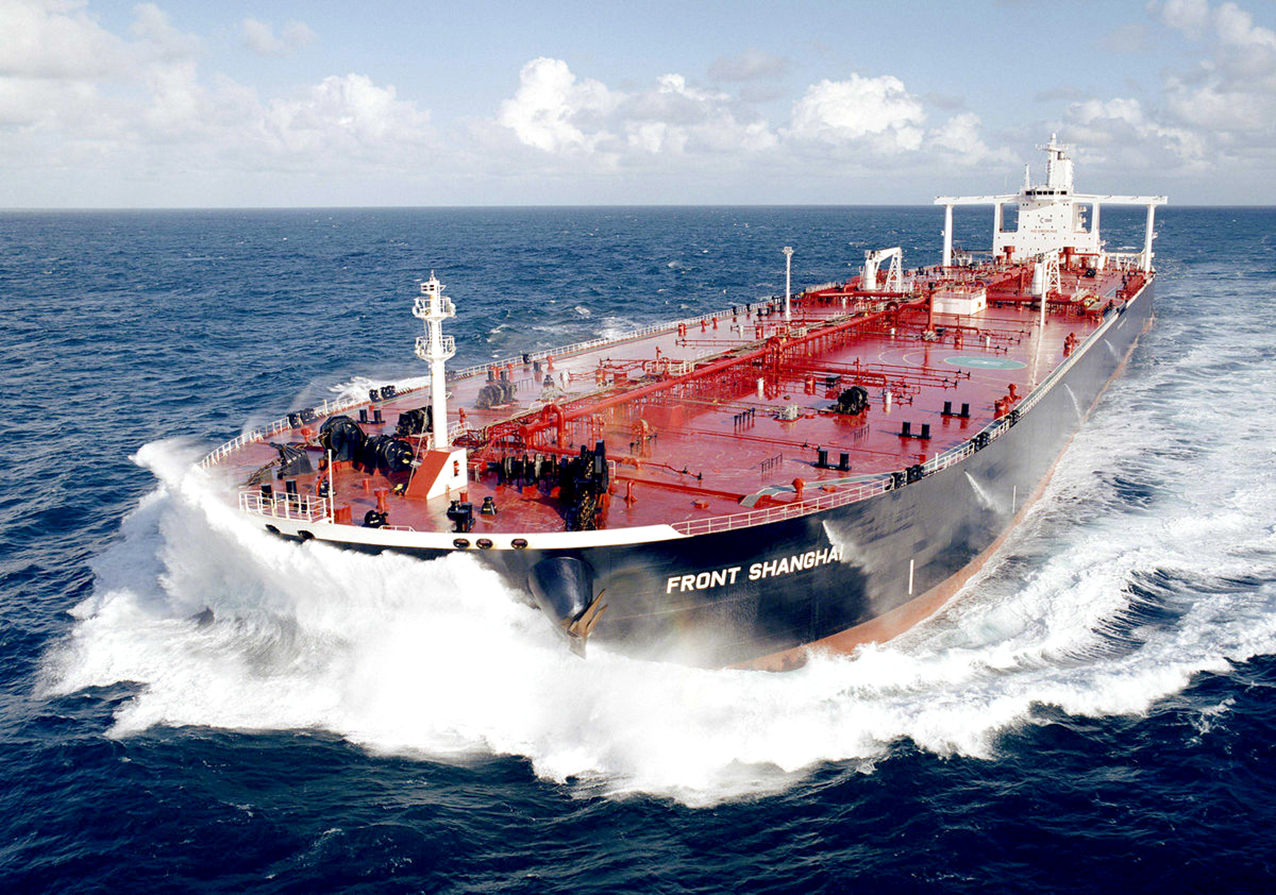Thanks to the large-scale gas production in the country, there is no need to import oil byproducts, such as diesel and mazut, from the Caspian Sea littoral states to meet the northern power plants' need for feedstock, managing director of National Iranian Oil Production and Distribution Company said on Sunday.
“The more gas is injected to Iran Gas Trunkline (IGAT) due to the South Pars mega development project, the less liquefied fuel, especially liquefied gas and kerosene, will be consumed in power plants across the country,” Seyyed Nasser Sajjadi was also quoted as saying by Mehr News Agency.
Stressing that it was not until a few years ago when power plants situated in northern Iran ran on liquefied fuel, the official said, “At the time, the import of oil byproducts from the Caspian Sea littoral states proved to be much more economical than transferring the same commodity from the south of the country to the north. However, as the IGAT expands, there is no need to import oil byproducts.”
According to Sajjadi, there has been a 1.8 billion-ton decrease in power plants' consumption of liquefied fuel since March 20 compared with the corresponding period of last year. Noting that most power plants are running on natural gas as feedstock, Sajjadi said as long as they are well-supplied with natural gas, the excess liquefied fuel can be stored for a rainy day.
"Iran used to swap the much-needed feedstock for Neka, East Azarbaijan and Kermanshah power plants from the Caspian Sea littoral states, yet the demand has already been satisfied," he said.
"In case there is an urgent need for liquefied fuel, the private sector can embark on swapping the commodity once again."
Pointing to the fourfold rise in diesel export in the current Iranian year (started March 20) compared with the corresponding period of last year, Sajjadi said, "Iran exported more than 13.5 million liters of diesel per day to international markets in the current fiscal year that started in March."
With the completion of more phases of South Pars Gas Field in the Persian Gulf, diesel will be replaced by natural gas as power plant feedstock, resulting in a further drop in domestic diesel consumption.
Commenting on the marked reduction in domestic use, the NIOPDC chief said consumption of the fuel decreased by 13% in the last three months compared with the same period of last year and reached 68 million liters from 78 million liters per day.
According to reports, it was not until 2014 that Iran stopped importing diesel. The country bought massive amounts of diesel on the international markets before 2014 to meet rising demand from power plants and the transportation sector.
"Daily mazut consumption plummeted to 13.5 million liters in the last three months, from 24.5 million liters per day from the same period of last year," Sajjadi said.
"By exporting 31 million liters of mazut per day, Iran has emerged as a major mazut exporter."
According to the Oil Ministry, surplus mazut capacity amounts to 40 million liters per day, which is either sold via bunkering centers in the Persian Gulf or exported to Fujairah Port in the UAE.
Reportedly, Iran's liquefied fuel exports have exceeded 615,000 tons since March 20, of which 450,000 tons have been transported via land and the rest via marine routes.


